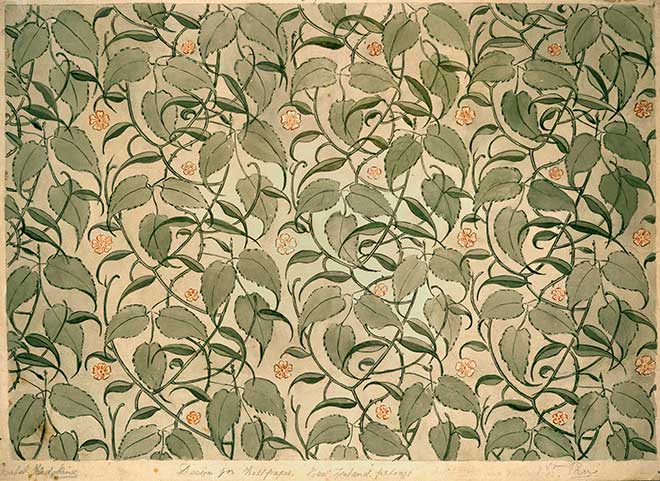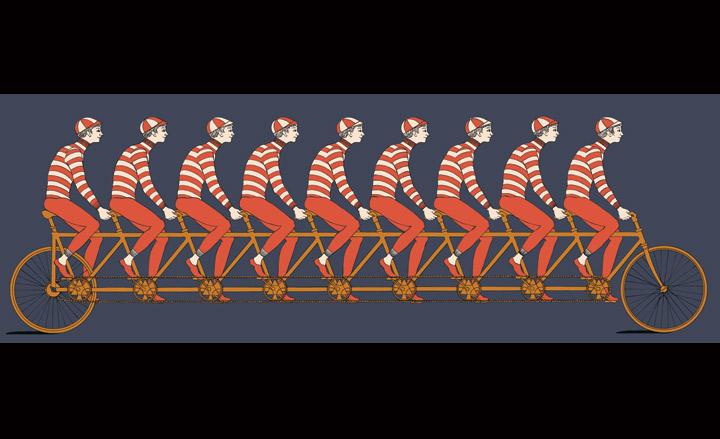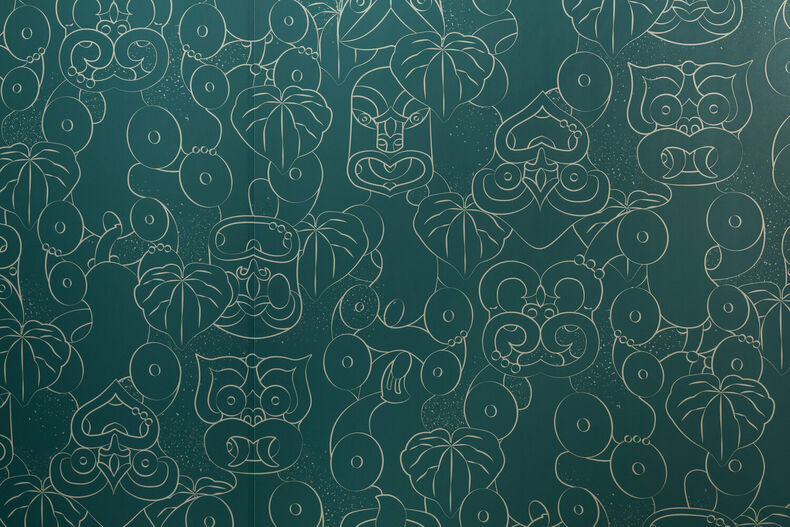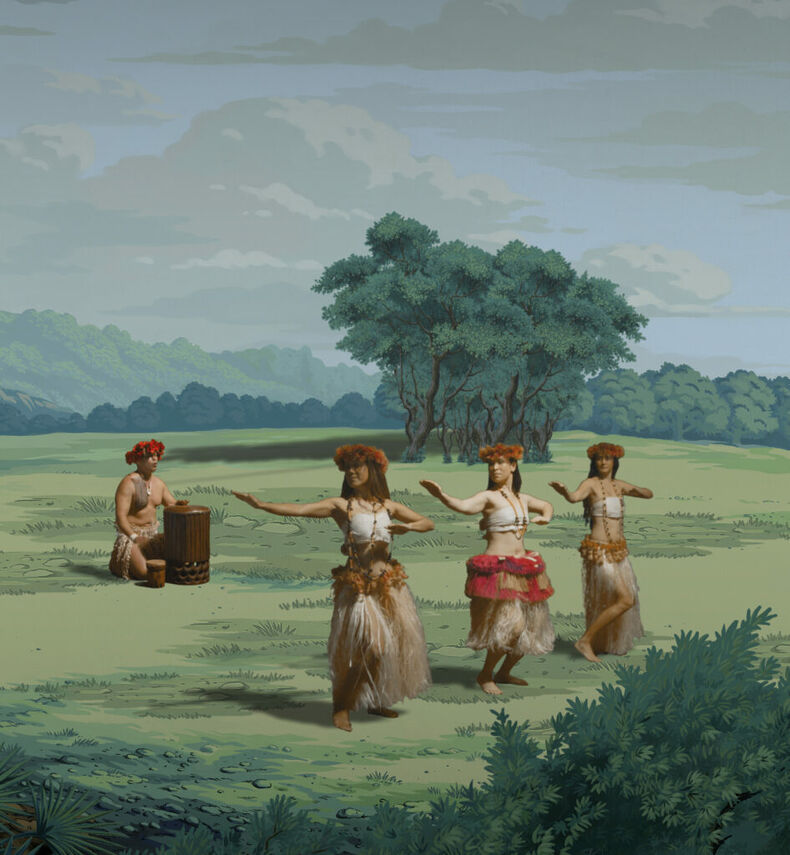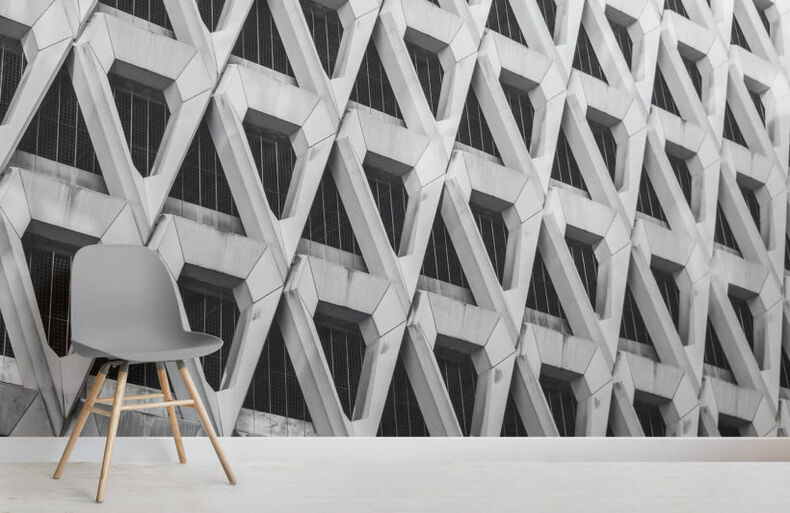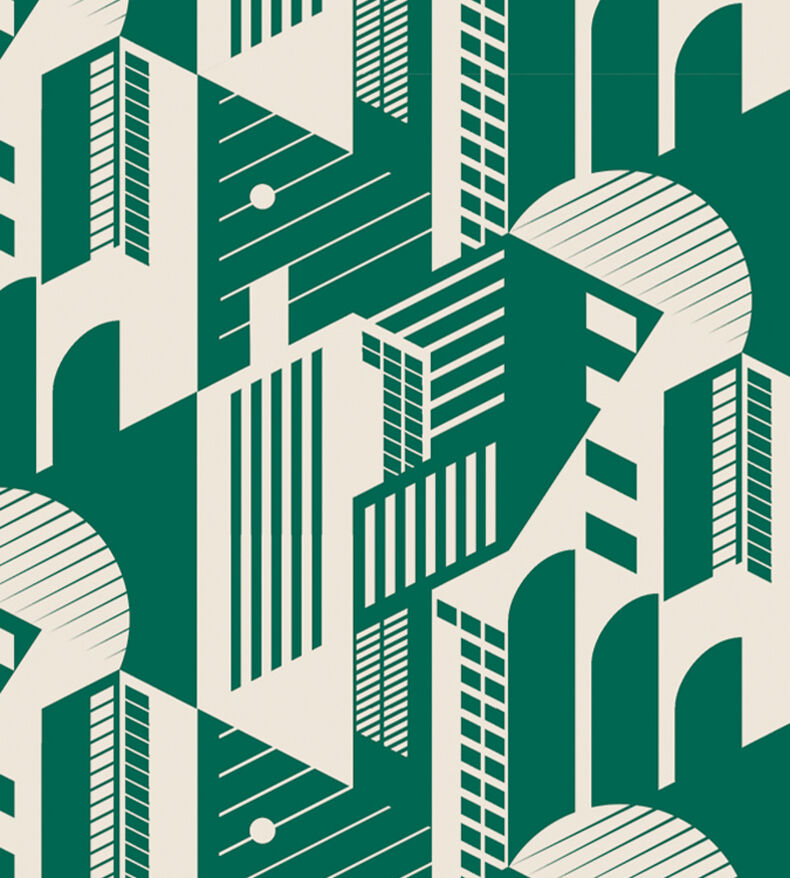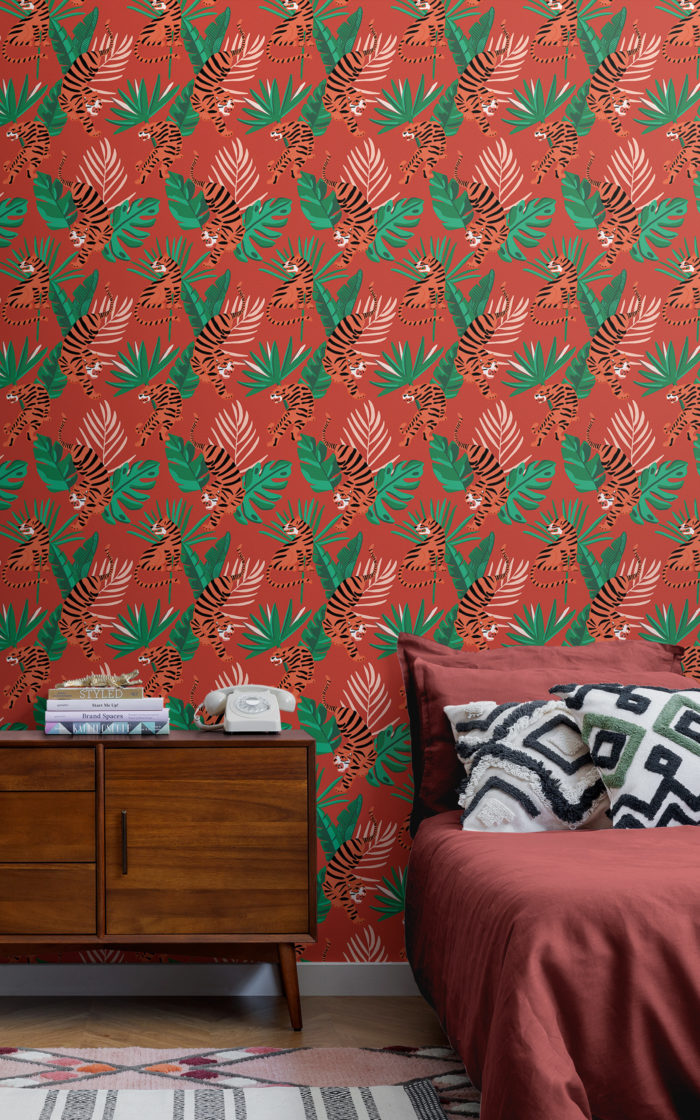In this project you will design and make wallpaper working through the following milestones:
- Developing an understanding of the context of how wallpaper is designed and produced
- Using observation to critically analyse examples of historic and recent wallpaper designs
- Establishing what interests you about this field to help guide your design work
- Extending your understanding and use of the elements of design
- Hunting and gathering your own stimulus
- Developing ideas based on your selected space and personal design heritage
- Experimentation and testing of ideas
- Resolution of ideas based on the results of experimentation
- Construction of wallpaper designs (digital or analog)
- Printing, installation, and promotion of your finished wallpaper


